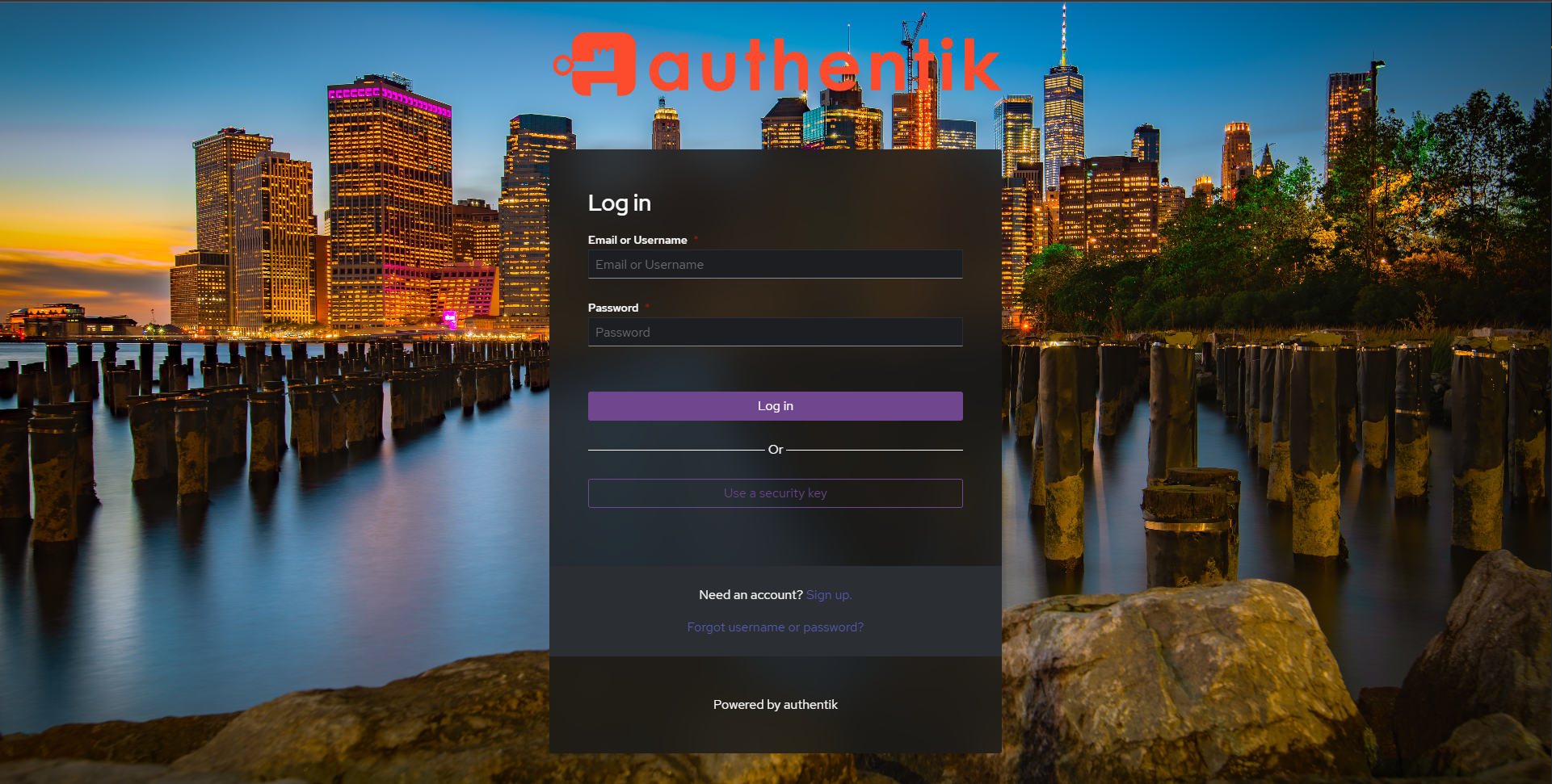As part of my ongoing AI experiments in my homelab, I recently tested several small language models, including DeepSeek 1.5B, Quen 1B, Mistral 1B, and a few other lightweight models. While these models are impressive given their size, I noticed a recurring issue—some of them tend to fall into dead loops, repeating similar responses without truly progressing in a conversation.
At first, I thought it might be an issue with my prompts or the way I was interacting with the models. However, after some research and further testing, I found that this behavior is a well-known limitation of smaller LLMs.
Why Do Small LLMs Fall into Dead Loops?
1. Limited Parameters
Small models like DeepSeek 1.5B and Quen 1B have significantly fewer parameters than their larger counterparts. Parameters are what allow a model to understand and track context over multiple turns in a conversation. Because of their reduced size, these models often lose track of context quickly, leading them to repeat previous responses instead of generating fresh ones.
2. Training Data Constraints
Models like Mistral 1B and DeepSeek 1.5B are trained on much smaller datasets compared to massive models like GPT-4 or LLaMA 3. A smaller dataset means fewer diverse examples to learn from, which can cause the model to default to repetitive patterns when faced with complex or unfamiliar queries.
3. Algorithmic Simplicity
Larger models often have built-in mechanisms to detect and escape repetitive loops, but small models lack these advanced self-correction features. Once they enter a dead loop, they struggle to break free because they aren’t designed with the same level of context awareness and long-term memory as bigger models.
My Observations from the Homelab
While testing DeepSeek 1.5B, Quen 1B, and Mistral 1B, I found that they work well for short-form responses and structured tasks like summarization. However, when engaged in longer, open-ended conversations, they sometimes begin repeating themselves—especially when asked follow-up questions that require deeper reasoning.
For example, I prompted DeepSeek 1.5B with:
“How do small LLMs handle complex reasoning tasks?”
Initially, it gave a good explanation, but when I rephrased the question in different ways, it started circling back to the same points instead of providing new insights.
The same happened with Quen 1B, which performed decently in factual queries but struggled with maintaining context across multiple turns.
What Can Be Done to Fix This?
Even though dead loops are an inherent limitation of smaller LLMs, there are ways to mitigate them:
- Fine-Tuning for Better Context Handling – Some models can be fine-tuned on domain-specific data to improve their ability to track conversations more effectively.
- Prompt Engineering Tricks – Providing clear, structured prompts with constraints can help avoid repetitive loops.
- Hybrid Models – Using small models alongside retrieval-based methods (like RAG) can reduce reliance on internal memory alone, preventing looping behavior.
Final Thoughts
Experimenting with DeepSeek 1.5B, Quen 1B, and other small LLMs in my homelab has been an eye-opening experience. While these models have their advantages—low computational cost, faster inference, and accessibility—they also come with notable trade-offs. The dead loop behavior is a clear example of how their limitations impact real-world usability.
For now, I’ll continue testing ways to optimize their performance, but it’s clear that smaller LLMs, while useful, need workarounds to avoid getting stuck in repetitive cycles. As AI research advances, I’m curious to see how future lightweight models address this issue.
Until then, my homelab experiments continue! 🚀




Post Comment